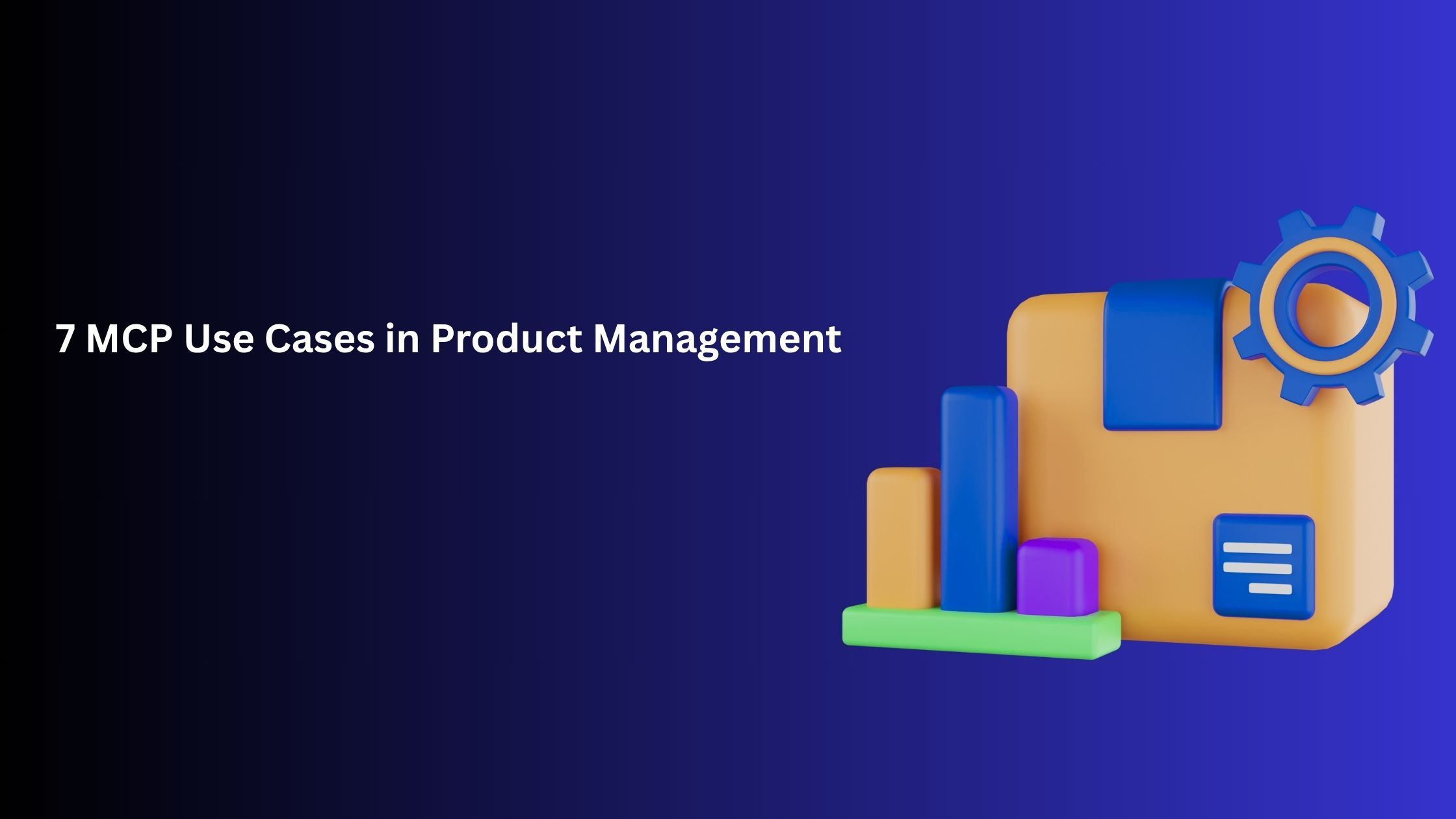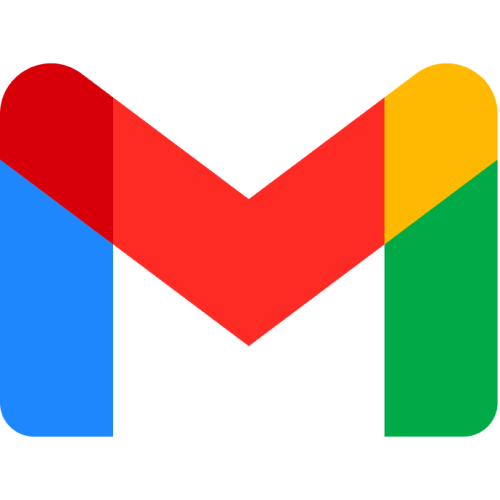7 MCP Use Cases in Product Management

If you've ever wondered when AI assistants like Claude and ChatGPT will finally graduate from idea generation to actually rolling up their sleeves and executing real work for your product teams, you're in the right place.
Today's product teams deal with a lot of data silos. Feature requests are living in Zendesk, backlog in Jira, analytics in Looker, and meeting notes are scattered across Confluence.
Sadly, anytime you ask your AI assistant to do something for you, like update a Jira ticket, it's only able to give you a step-by-step tutorial on how to do it yourself. It's like asking your assistant to grab coffee, and instead, they tell you how to get it yourself.
This is one of the reasons Model Context Protocols (MCPs) have become very popular. They enable your AI assistants to communicate with your business tools and execute tasks for you. For example, you can just prompt Claude using natural language, for example, “Hey Claude, send the last sprint summary email to my team,” and it can actually send it.
Sounds like an interesting concept, right? To understand more about Model Context Protocol (MCP), here's an article on everything you need to know about Model Context Protocols.
In this post, we'll go into the practical applications of MCP in product management, exploring how MCP can help automate your core PM workflows.
Why Model Context Protocol (MCP) Matters In Product Management
So why is the model context protocol important in product management
1. End-to-End Automation of Core PM Workflows
Traditional AI assistants are great at drafting user stories, writing specs, or analyzing metrics, but can’t execute. MCP bridges this gap by enabling complete workflow automation through natural language.
For example, if you are publishing a product roadmap, you can just tell Claude :
“Hey Claude, draft the roadmap overview, publish it to Confluence, and notify stakeholders in Slack”. Instead of switching between multiple tools and platforms, you can orchestrate entire workflows from a single AI conversation, transforming your assistant from an adviser into a complete workflow executor.
2. Reduced Integration Overhead
Before MCP, each AI ↔ tool pairing required its own custom connector. Connecting ChatGPT to Gmail, Slack, and Jira meant building four separate integrations, each demanding individual maintenance and updates.
MCP flips this model with a build-once, use-everywhere approach:
Build Once
- Example: Activepieces MCP server connects over 300 tools to AI assistants in one setup, zero coding required
Use Everywhere
- Any MCP-compatible AI (Claude, ChatGPT, Cursor, Windsurf, etc.) can instantly plug into any MCP server
3. Real-Time Data & Actions, Not Just Static Answers
Product management is all about making decisions on the freshest possible data. Today’s crash rates, yesterday’s A/B test results, and last-minute bug reports. So, MCP gives AI assistants live access
This turns your AI from a “knowledge base” into an active partner that can query databases and trigger alerts in real time.
4. Consistent Security & Permission Control
Granting AI broad access to your systems can feel scary, but MCP’s architecture formalizes scopes and approvals:
- Scoped Access: You can limit an AI assistant’s rights to a single Jira project or a specific folder in Google Drive.
- Vendor-Certified Servers: You can choose MCP servers (like Activepieces’ SOC 2 Type II certified MCP server) that meet your company’s compliance needs. Activepieces enables you to also create multiple MCP servers so that you can decide the ones your AI assistants can access
For PMs, that means trusting AI to do repetitive work without opening up your entire organization to risk.
5. Faster Iteration & Experimentation
Because MCP removes boilerplate integration work, product teams can:
- Experiment Quickly: Spin up new workflows on the fly (e.g., nightly crash-report summaries in Teams).
- Share & Reuse: Publish your custom MCP flows so other teams can plug in and benefit immediately.
This agility is crucial when you’re racing against competitors or responding to sudden changes in user behavior.
6. Democratizing Automation Across the Org
You don’t need to be a developer to leverage MCP; product managers, ops leads, and even customer-success teams can own their own automations, without waiting for an engineering sprint.
That empowerment accelerates execution, reduces backlog, and frees up developers to focus on high-impact work.
7 MCP Use Cases In Product Management
Here are some thoughts and examples of the ways MCPs can give your AI assistants more power to automate product management workflows
1. Discovery & User Research
- You can tell Claude, “Run user-survey summary,” and Claude will fetch new responses from Typeform → run AI analysis → publish summary doc in Notion
2. Roadmapping & Prioritization
- Claude can pull the latest epics from Jira and email stakeholders a PDF export
3. Backlog Grooming & Sprint Planning
- Claude can query Jira for "Ready for Grooming" issues, then summarize each ticket with context and post a comprehensive summary in a dedicated Slack channel
4. Stakeholder Communication & Reporting
- Claude can run SQL queries on BigQuery, use results to craft a narrative, then post a formatted report in Confluence, and ping stakeholders in Slack
5. Analytics & A/B Testing
- Claude can retrieve current A/B test performance from your database, calculate statistical significance, and summarize results with actionable recommendations
6. Design & Prototyping
Claude can extract the latest mockups for a feature or list Figma components in the project, download SVGs for selected frames, and upload to a shared Google Drive folder
7. Customer Feedback & Support
- Claude can fetch all high-priority tickets from Zendesk, break them down into bullet points then add a structured summary to Confluence
- Claude can pull new tags/requests from Intercom, cluster similar requests by theme, and post a Slack summary with the top 3 clusters and impact analysis
MCP Tools That Make These PM Workflows Possible
Claude MCPTypeform MCPGoogle Forms MCPNotion MCP
Start Using MCPs Today
You can simply connect each app to your MCP server on Activepieces, then invoke tools or flows from your AI assistant using natural language, and the MCP handles requests and responses for you.
You can create an MCP server for free on the largest open-source and free MCP server in the world and connect over 300 tools to your AI assistants.


